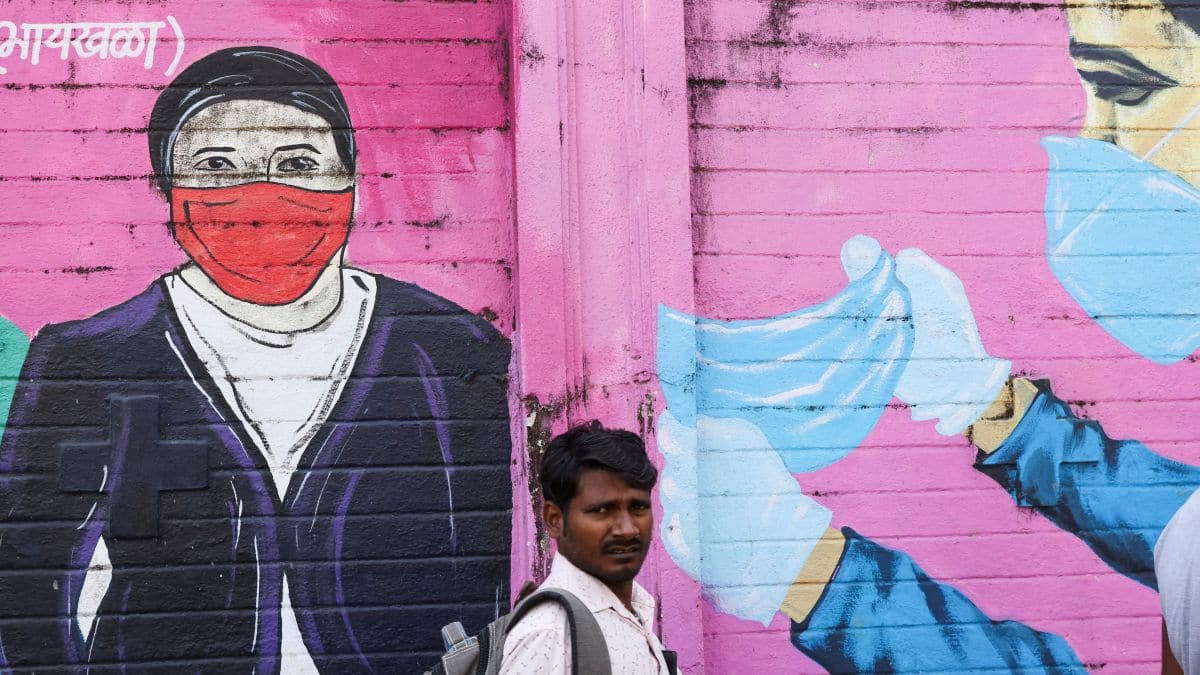

India is currently experiencing a notable resurgence in COVID-19 cases, leading to increased activity at hospital outpatient departments (OPDs) across the country. According to the Ministry of Health and Family Welfare (MoHFW), active infections have risen sharply from 257 on May 22 to 3,961 as of June 2, marking a more than 15-fold increase in just ten days. This rapid rise has prompted state authorities to enhance preventive measures, including increased COVID-19 testing and ensuring sufficient hospital bed availability.
Several factors are contributing to this surge. Health authorities attribute the increase to new, more transmissible Omicron sub-variants, specifically NB.1.8.1 and NF.7, which are predominantly affecting southern and western India. These variants have led to a rise in cases, especially in densely populated urban areas. The Indian Council of Medical Research (ICMR) has indicated that the currently circulating variants are associated with mild symptoms, similar to those of the Omicron strain. Other Omicron subvariants detected include LF.7, XFG, and JN.1.
The rise in COVID-19 cases is coinciding with the typical monsoon season, which brings an increase in respiratory illnesses. This overlap makes it challenging to differentiate between COVID-19 and influenza, as both can present with similar symptoms such as fever, sore throat, cough, nasal congestion, headaches, body aches, and fatigue. However, a notable indicator of COVID-19 remains the loss of taste and smell. Health officials have intensified surveillance and testing for COVID-19, particularly in urban clusters, due to the rising number of influenza-like illnesses (ILI) and severe acute respiratory infections (SARI).
Reports from hospitals indicate that COVID-19 cases are often characterized by low-grade fevers, dry or irritated coughs, hoarse voices, nasal congestion, or a mild runny nose. Patients are also reporting fatigue, muscle pain, headaches, mild gastrointestinal problems (such as nausea or diarrhea), and throat discomfort.
In response to the rising cases, several states have intensified their precautionary actions. For example, the Municipal Commissioner of Navi Mumbai has stated that the administration is ensuring a sufficient supply of essential medications, PPE kits, surgical materials, and oxygen beds. The central government has also stepped up its vigilance, with the Union Minister of State for Health and AYUSH assuring that the Centre is fully prepared to handle any developments related to COVID-19. Infrastructure built during previous waves, such as oxygen plants and ICU beds, has been reviewed, and preparations are underway to ensure health systems are well-equipped.
The rise in cases has prompted advisories from health departments, such as the one issued by the Karnataka Health Department, which advises government and private schools to take precautions for students' health. The circular instructs that schoolchildren showing symptoms like fever, cough, or cold should not attend school.
While the majority of new variant cases appear to be mild, vigilance remains essential, especially to protect vulnerable populations. Experts recommend that individuals experiencing symptoms such as fever, cough, breathing difficulties, or diarrhea seek medical attention promptly. They also advise against the use of antibiotics or steroids without a physician's guidance. Additional precautions are recommended for the elderly, individuals with existing health issues, and those with compromised immune systems, including avoiding large gatherings and practicing proper hand hygiene.
The current situation underscores the importance of continued monitoring, genome sequencing, and public awareness to prevent another full-blown wave. Vaccination and masking remain key strategies in managing the spread of the virus.